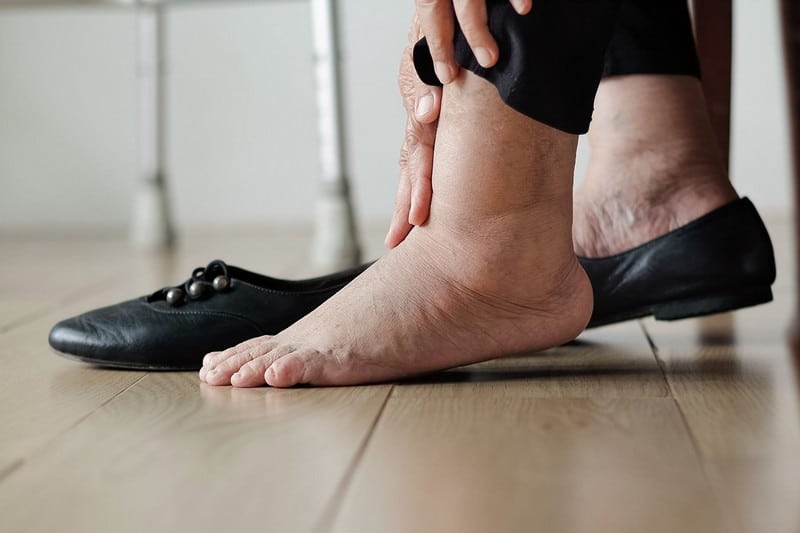Fluid Retention and Swelling

Edema is characterized as the swelling of body tissues caused by excessive fluid retention. Edema can occur in any part of the body but is more commonly seen in the hands, arms, ankles, legs, and feet. Excessive fluid retention is the body’s mechanism when specific body organs are malfunctioning. For example, the kidneys, liver, and circulatory systems help maintain healthy body fluid levels. If one of these encounters a problem, edema can occur.
Cirrhosis causes the accumulation of fluid, especially in the spaces within the abdomen, and can affect the lungs, kidneys, and other organs of the body. Edema is a prognostic sign among patients with cirrhosis. A comparative study showed that patients who showed signs of edema within one year of being diagnosed with cirrhosis have an 85% survival rate. In contrast, patients within five years of diagnosis have a 56% survival rate.
Patients with cirrhosis may have shiny or puffy skin, swelling (especially in the limbs, hands, and feet), joint stiffness, and muscle aches. Areas of skin usually remain indented when pushed. In severe cases of edema, patients experience pain in moving and walking.










